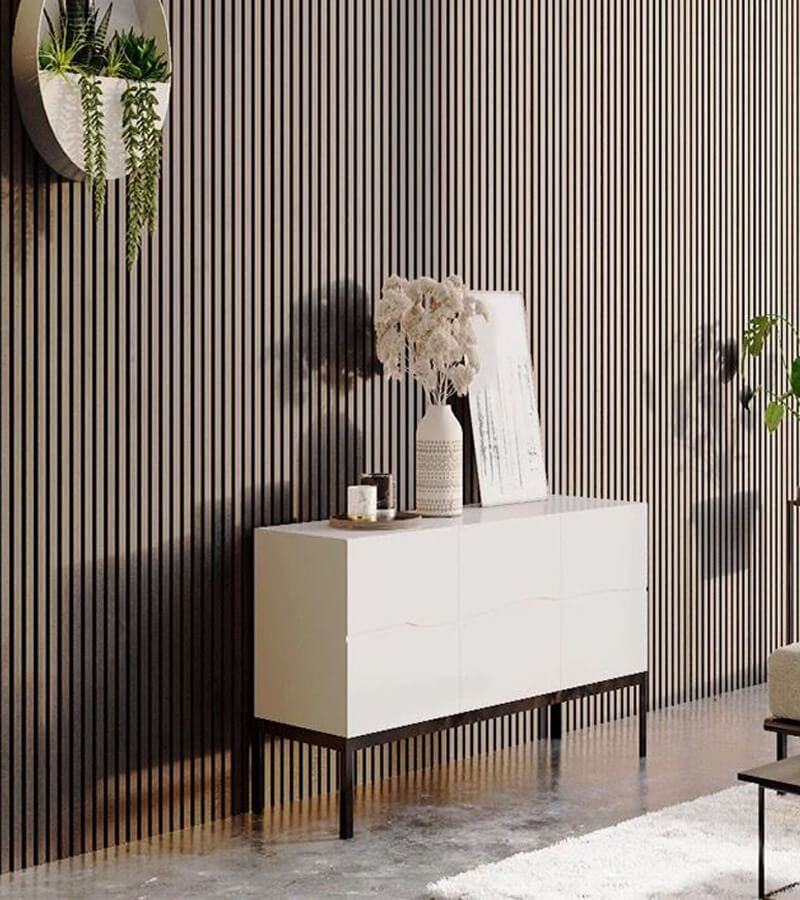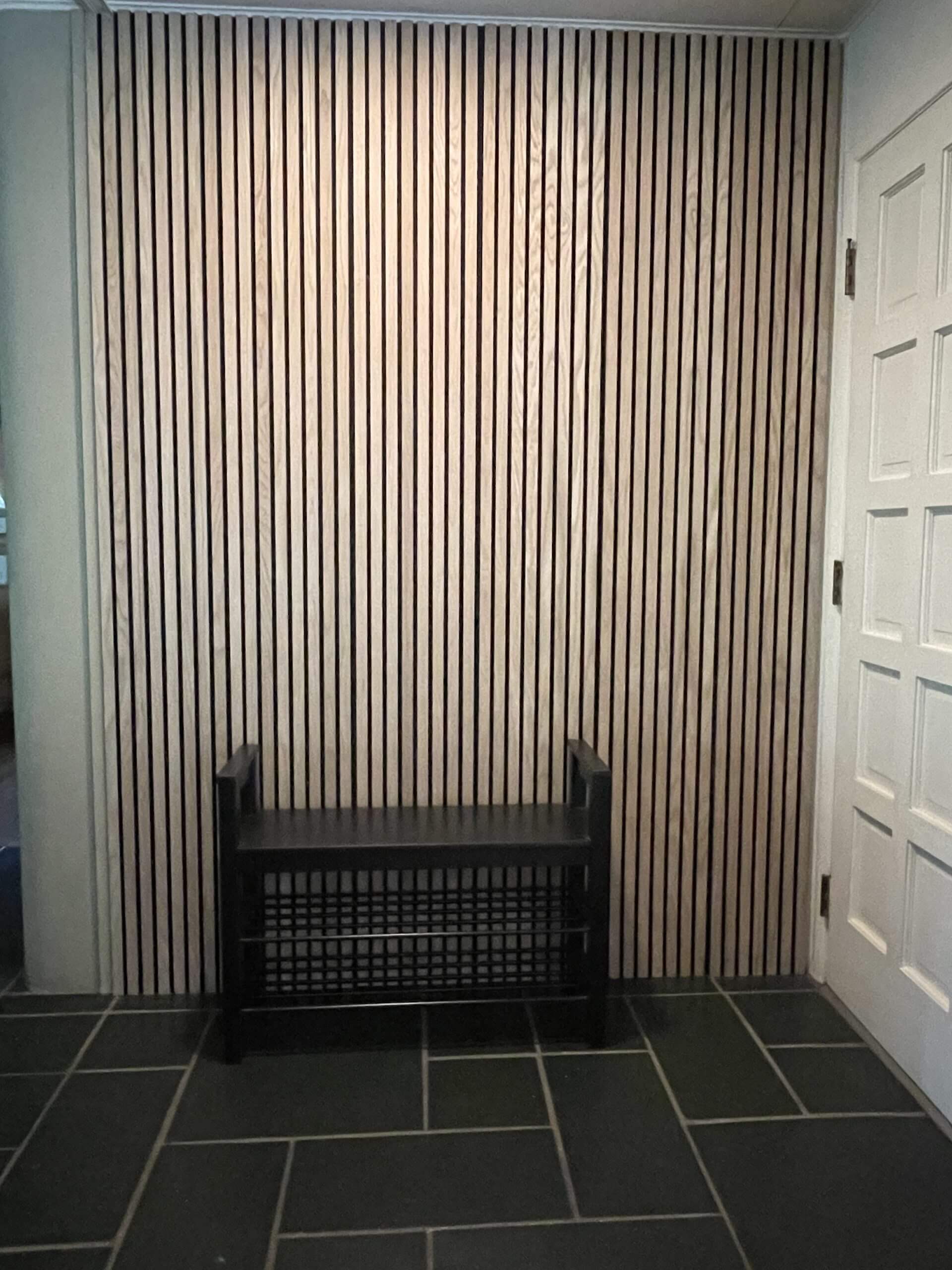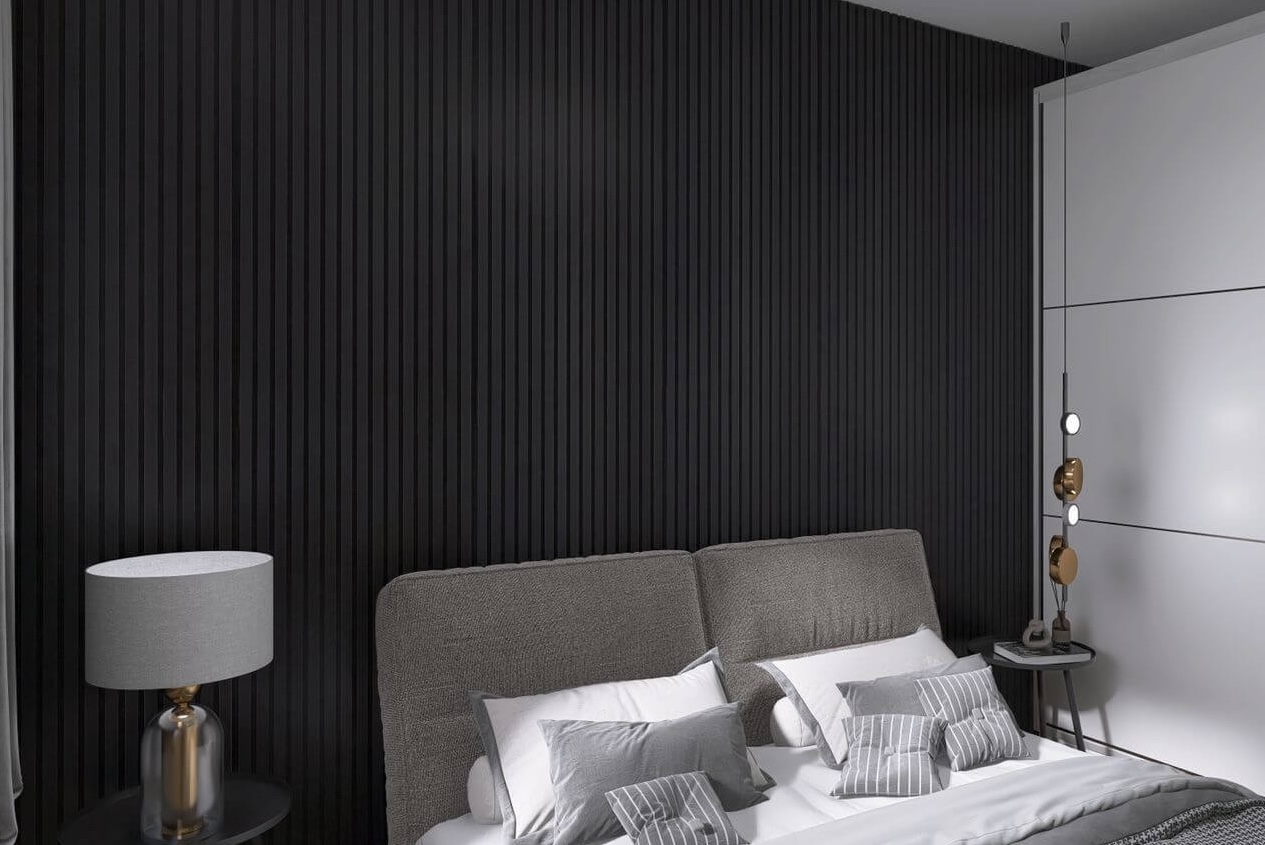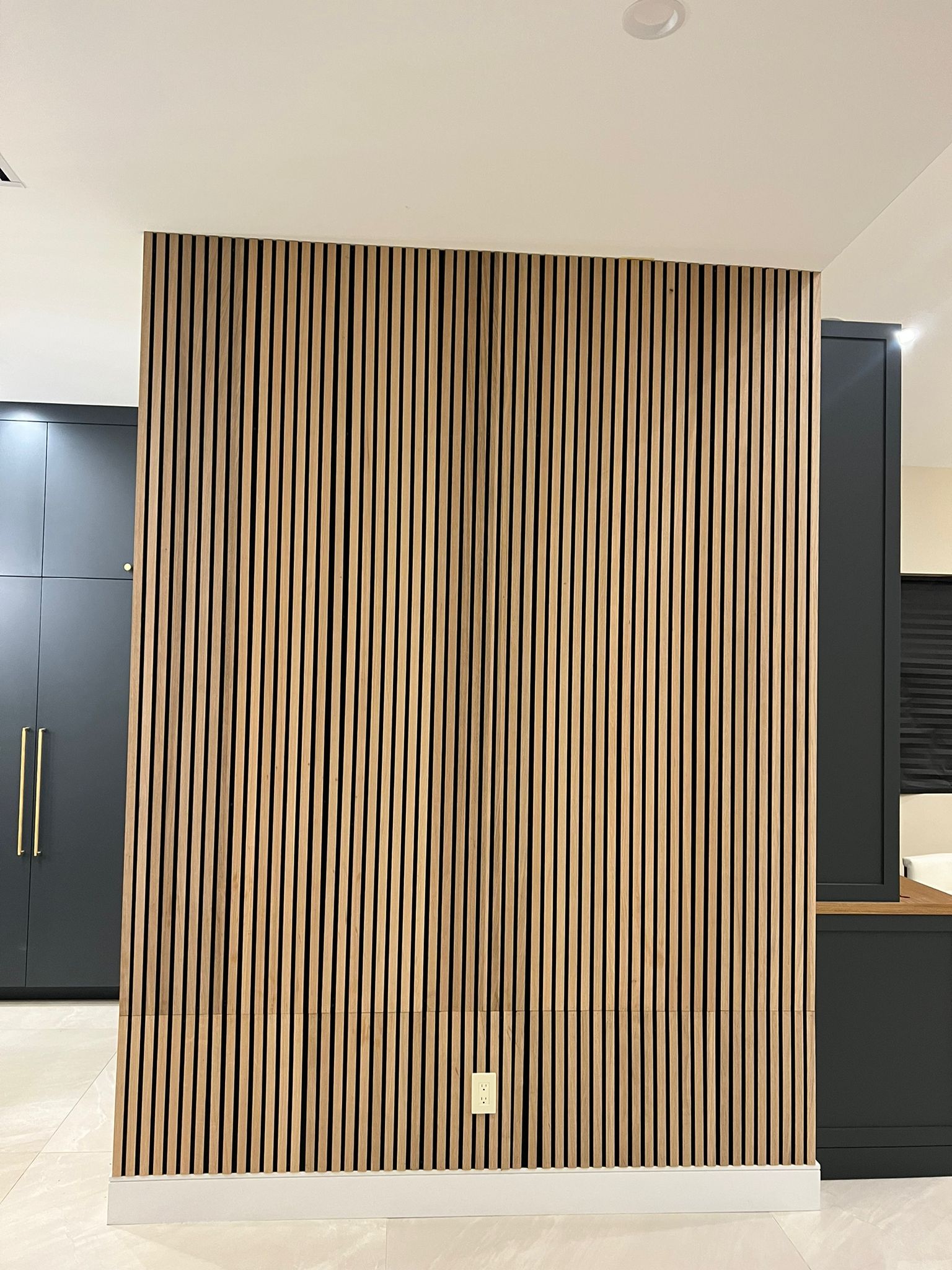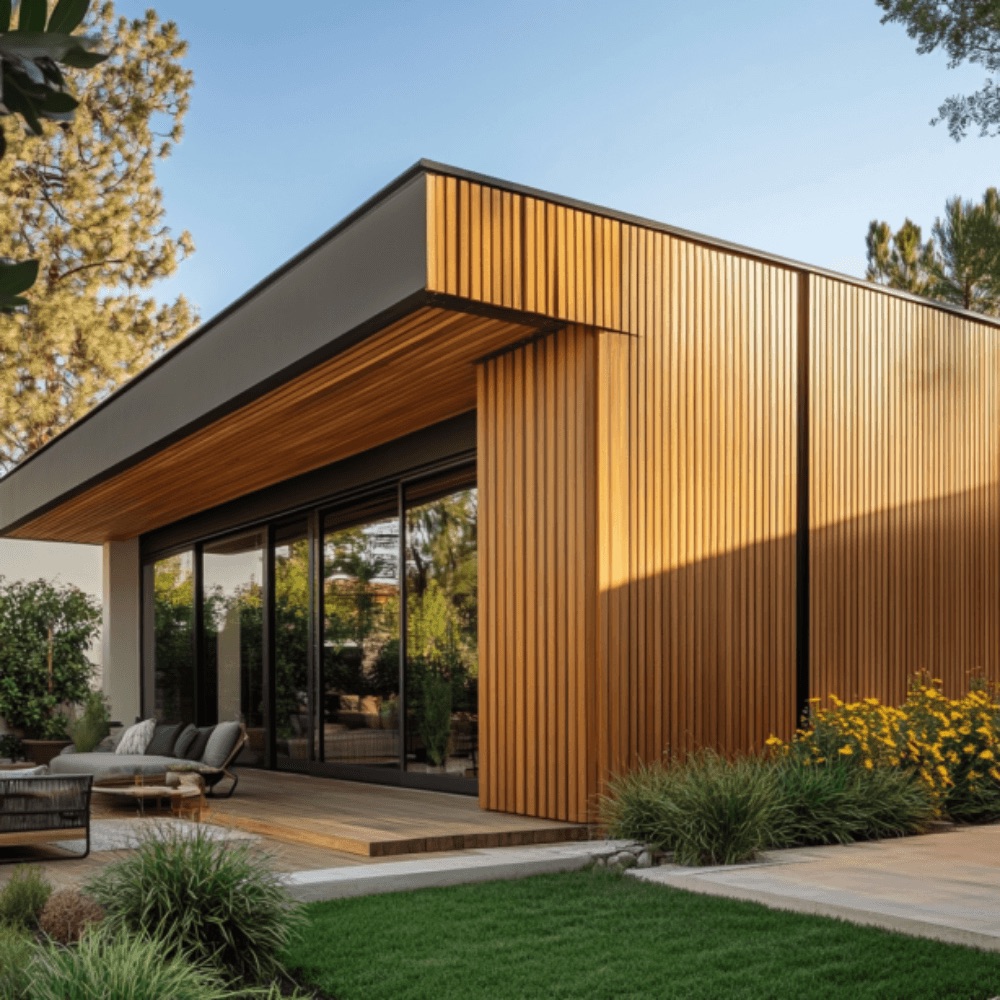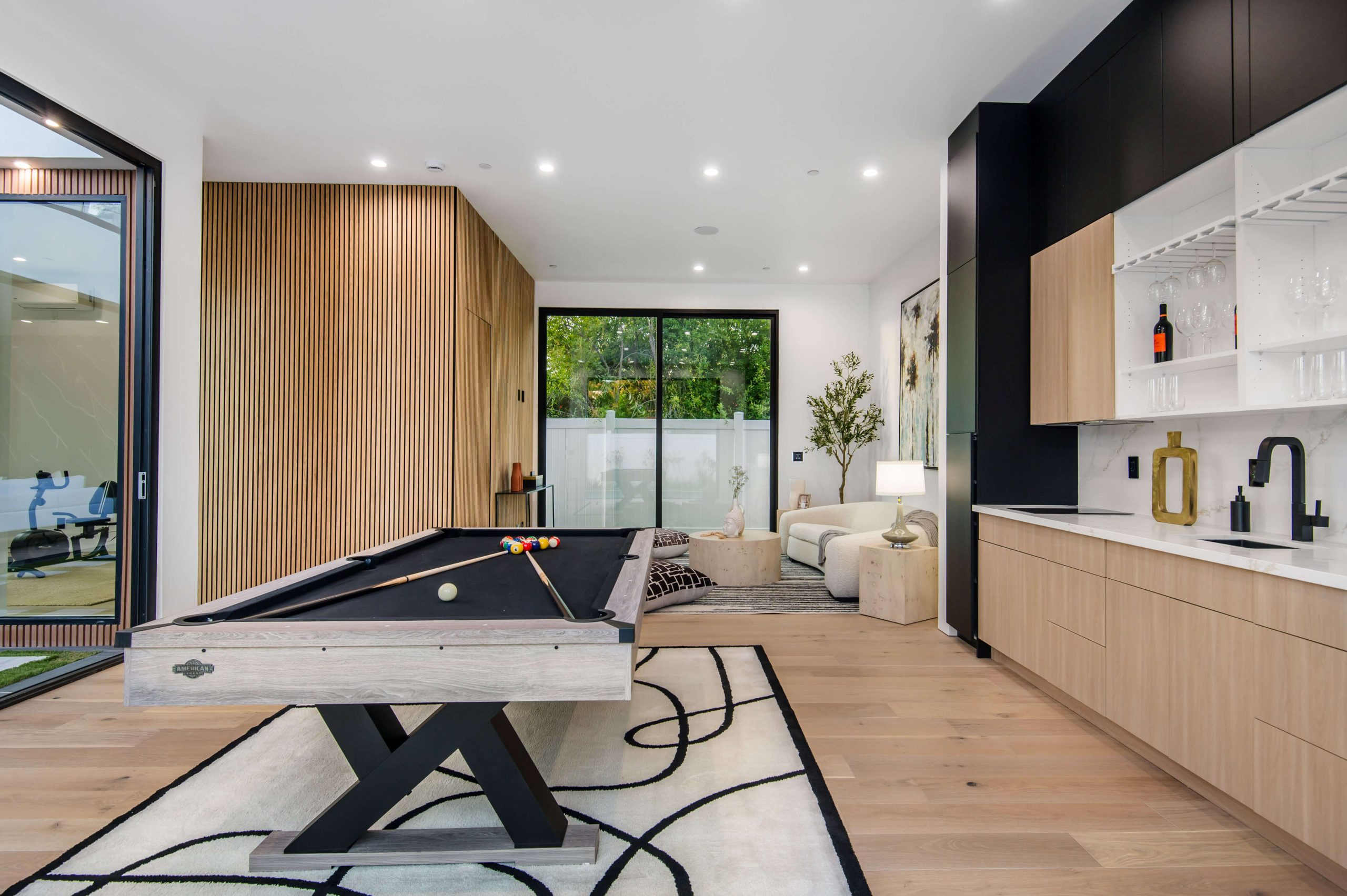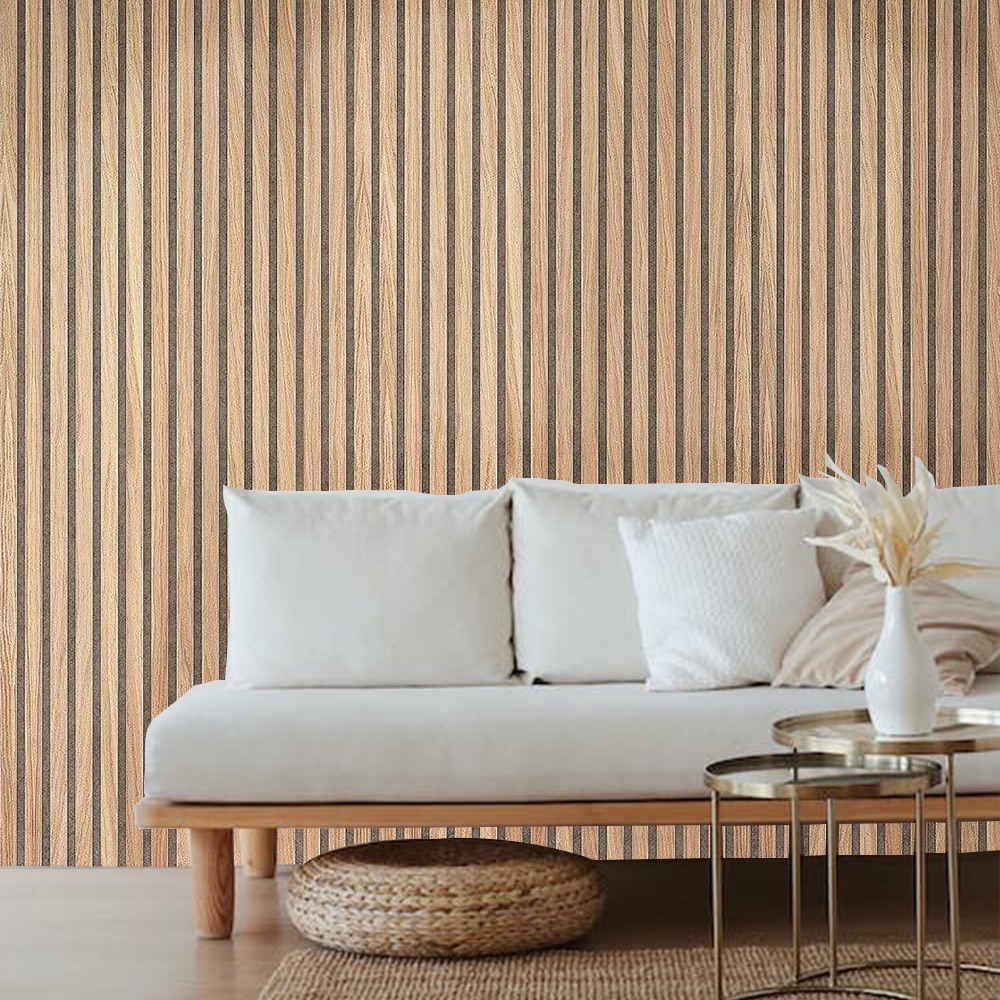Shiplap is undeniably popular in modern design. Its rustic charm, simplicity, and timeless appeal make it a go-to for many homeowners. However, despite its advantages, there are times when shiplap doesn’t fit your design vision. This blog will explore why shiplap may not always be the right choice and what alternatives you can consider to elevate your space.
1. Understanding the Limitations of Shiplap
While shiplap can bring a clean, uniform look to interiors, there are scenarios where shiplap doesn’t fit into specific design aesthetics. Shiplap’s rustic farmhouse appeal may conflict with contemporary, minimalist, or industrial designs. Here are a few reasons why shiplap might not work for every space:
- Incompatibility with modern designs: Shiplap’s texture and grooves give a traditional feel that may look out of place in sleek, modern interiors.
- Overuse in certain areas: In some cases, homeowners find that shiplap, used excessively, can make a room feel too busy or overwhelming.
- Cost considerations: High-quality shiplap can be expensive, and installation costs can further add to the budget, making it unsuitable for cost-conscious projects.
When you find that shiplap doesn’t fit, exploring other wall treatments could be the key to achieving the desired ambiance in your space.
2. Elegant Alternatives to Shiplap
If shiplap doesn’t fit your design, don’t worry—there are many other wall paneling options to choose from. Each of these alternatives offers distinct qualities that can complement various interior styles:
- Board and Batten: This alternative features wide boards with narrow battens covering the seams. It works well in both modern and traditional homes, offering a subtle but sophisticated finish.
- Beadboard: With its evenly spaced vertical lines, beadboard delivers a classic look that complements vintage and coastal styles.
- Wood Panels: High-quality wood panels, such as those offered by Wood Panel Walls, can provide warmth and texture to any room. These panels are versatile and can fit into a variety of design aesthetics.
Choosing alternatives that align with your design goals ensures that the finished space looks cohesive and reflects your vision.
3. How to Identify When Shiplap Doesn’t Fit
Recognizing when shiplap doesn’t fit can help you make better design choices. Here are a few signs that shiplap may not be the best option for your project:
- Your space demands a contemporary or minimal look: Shiplap’s signature texture may disrupt a minimalist approach, where smooth surfaces and clean lines are essential.
- You’re aiming for an industrial aesthetic: In an industrial design, raw materials like concrete or exposed brick tend to work better than the finished, polished look of shiplap.
- The room feels cramped: Shiplap’s horizontal lines can make small rooms feel even smaller, especially if the boards are thick or dark.
Understanding your design’s needs helps you steer clear of unnecessary complications, ensuring that your space looks as harmonious as possible.
4. Key Considerations When Exploring Alternatives
When shiplap doesn’t fit, there are several factors you’ll need to consider before settling on an alternative wall treatment. These include:
- Material and finish: Are you looking for a natural wood finish, or would painted panels suit your space better? Understanding your material options can help you find the right match.
- Durability: High-traffic areas like hallways and kitchens may require more durable paneling options that can withstand daily wear and tear.
- Installation costs: Some alternatives, like custom wood panels, may require professional installation, which could impact your overall budget.
By evaluating these factors, you can select a wall paneling option that suits your style, functional needs, and budget.
5. The Versatility of Wood Paneling
One excellent alternative when shiplap doesn’t fit is wood paneling. Unlike shiplap, wood paneling comes in various styles, including textured, smooth, and patterned designs. Here’s why wood paneling is a great option for those looking to move away from shiplap:
- Customizable to any style: Wood paneling can be adapted to fit modern, rustic, or traditional interiors. Its versatility ensures that it can complement any space.
- Durable and long-lasting: Unlike shiplap, which can warp or peel over time, high-quality wood panels are designed for longevity.
- Superior sound absorption: Certain wood panels, such as acoustic panels, help dampen sound and create a more peaceful environment—ideal for living rooms or offices.
Whether you’re transforming a living room, bedroom, or hallway, wood paneling offers a flexible solution when shiplap doesn’t fit your overall design vision.
6. How to Incorporate Wall Panels When Shiplap Doesn’t Fit
If shiplap doesn’t fit, incorporating other types of wall panels can add both texture and warmth to your space. Here are a few ways to incorporate wall panels effectively:
- Feature Wall: Installing a wood panel feature wall in the living room can create a striking focal point without overwhelming the space.
- Ceiling Application: Adding wood panels to the ceiling can add height and drama to any room, especially when combined with neutral or soft color schemes.
- Mixed Materials: Pairing wood panels with other materials like metal or glass can create a dynamic, layered effect that is perfect for modern or industrial homes.
These design ideas help you utilize wood paneling creatively and ensure your space stands out.
Frequently Asked Questions
-
Can I still achieve a rustic look if shiplap doesn’t fit my design?
Yes, wood paneling or beadboard are great alternatives that still offer a rustic, farmhouse appeal.
-
Is wood paneling a more expensive alternative to shiplap?
It depends on the type of wood paneling you choose. However, premium wood panels tend to be a more durable, long-lasting investment.
-
What type of paneling works best in a contemporary design?
Smooth, flat wood panels or board and batten often work well in contemporary settings due to their clean lines and minimalistic appearance.
-
How do I know when shiplap doesn’t fit?
Shiplap may not fit if you’re working with a modern, industrial, or minimalist design. It can also feel out of place in small or cramped rooms.
-
Can I install wood paneling myself, or do I need a professional?
While some types of wood paneling are DIY-friendly, others may require professional installation depending on the material and complexity of the design.

